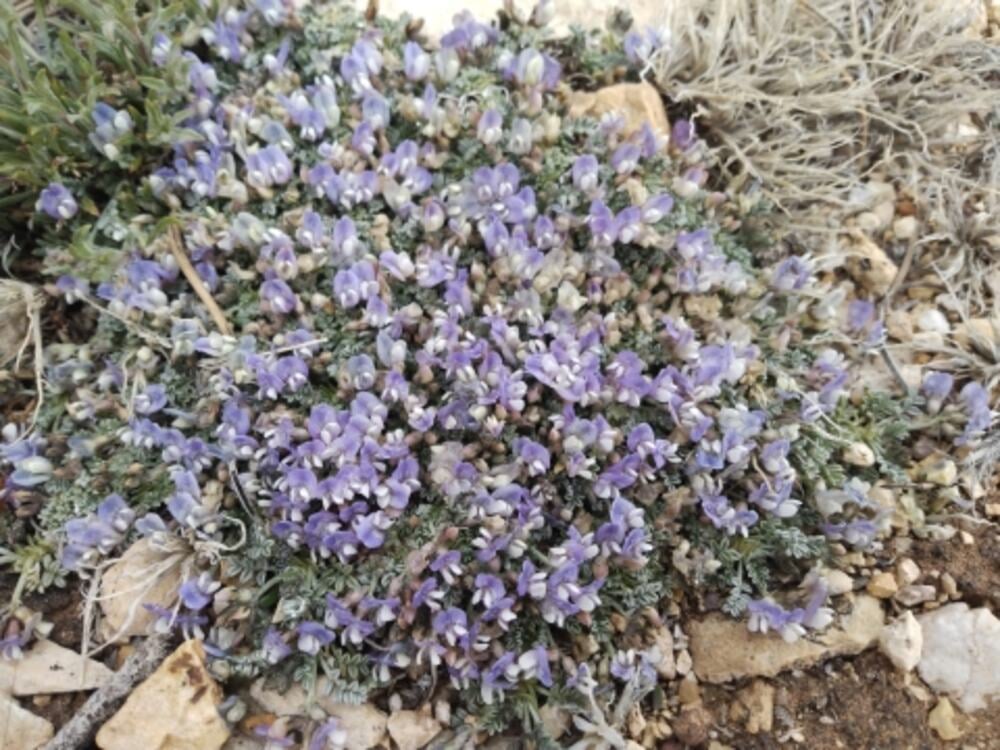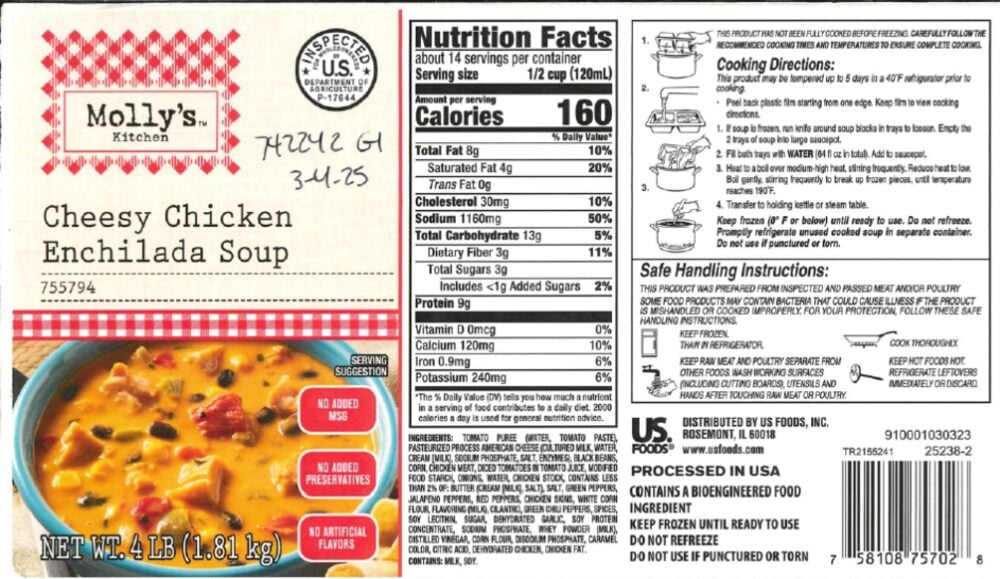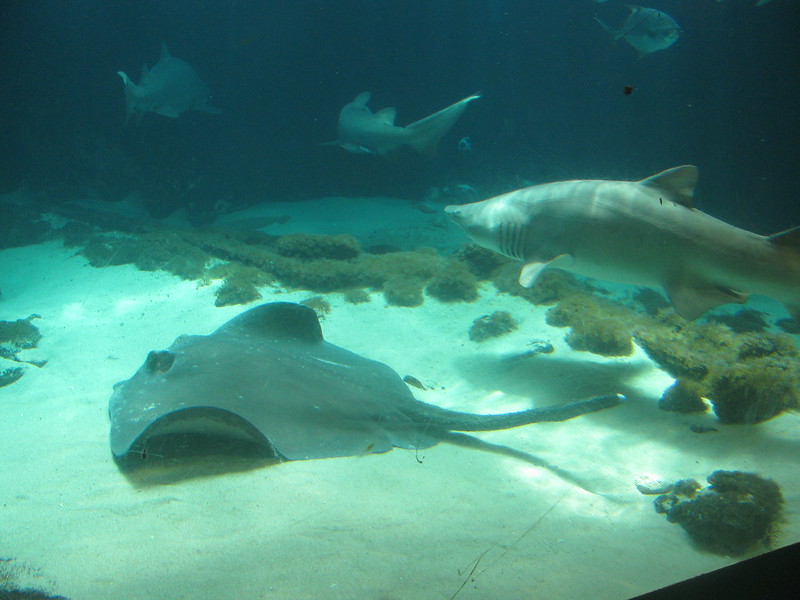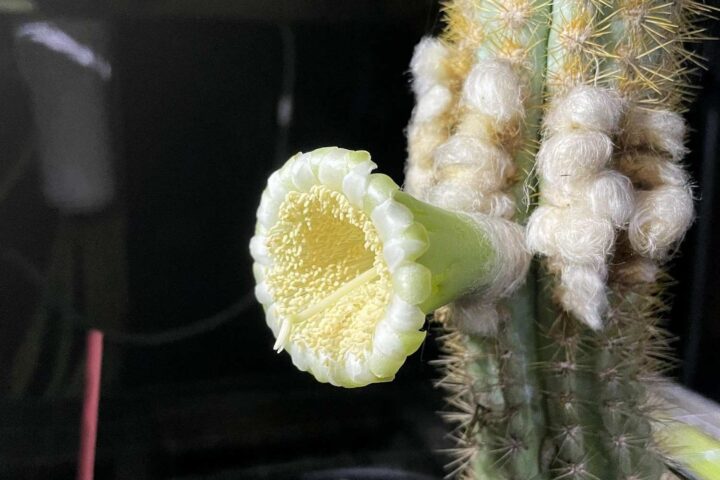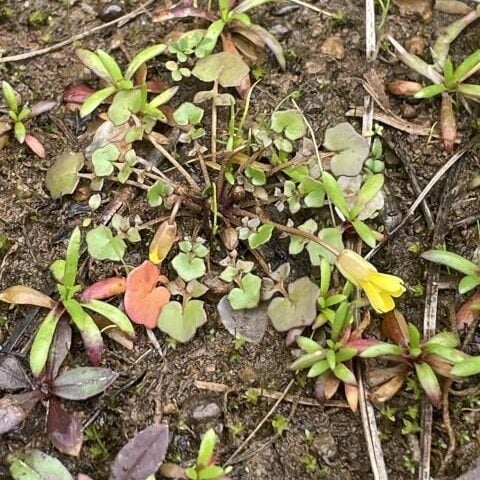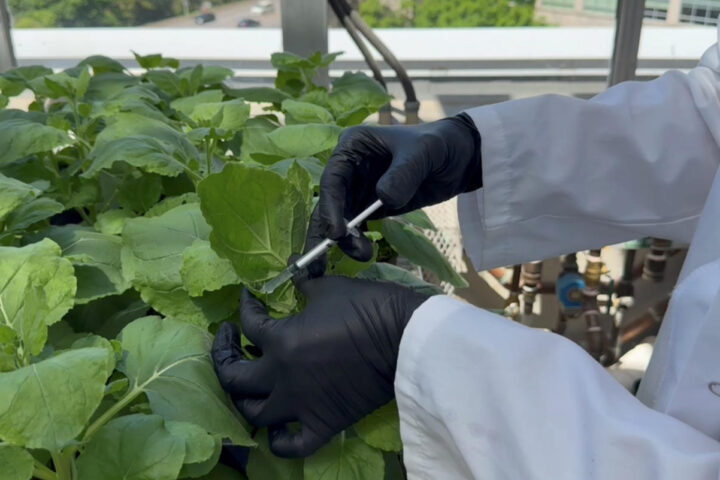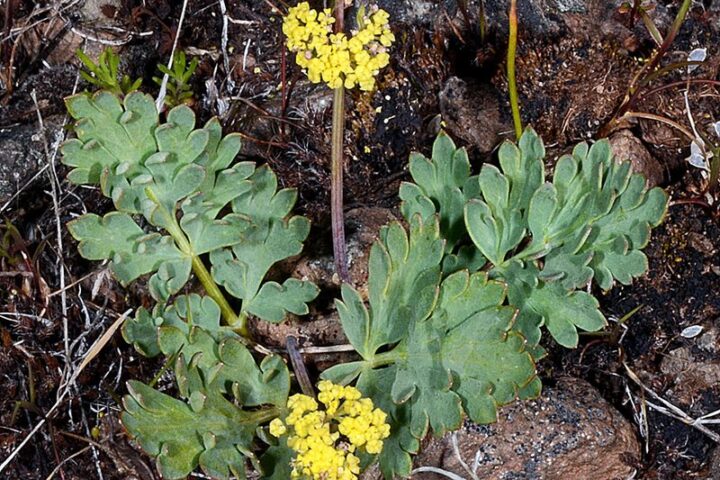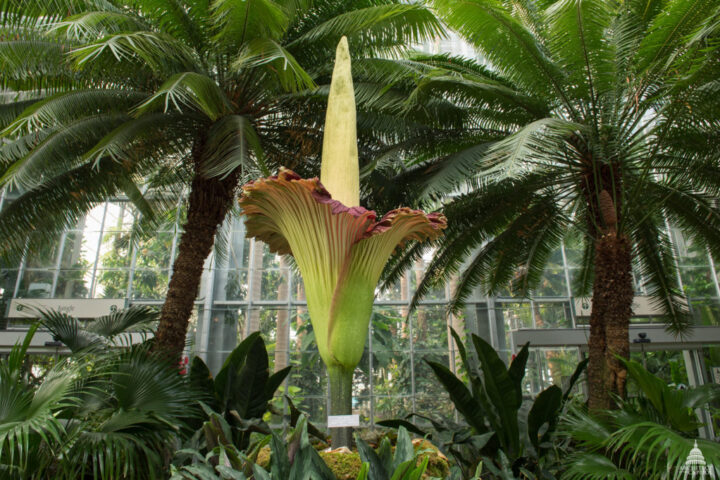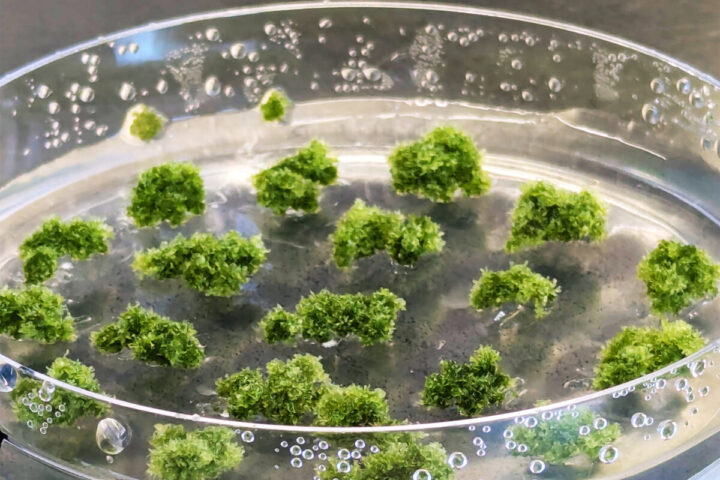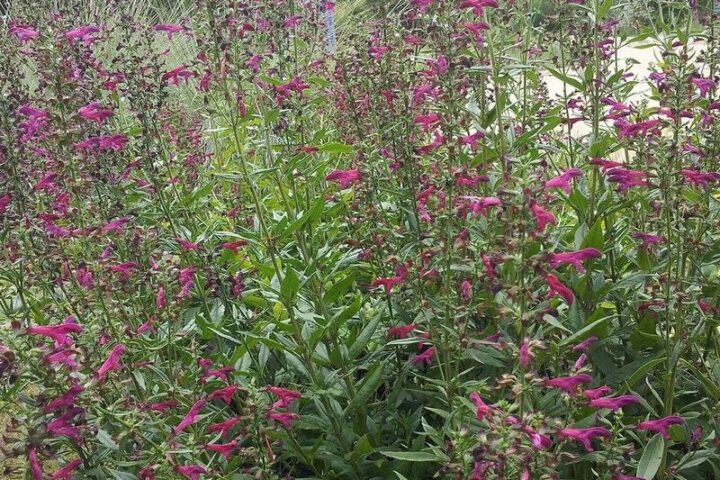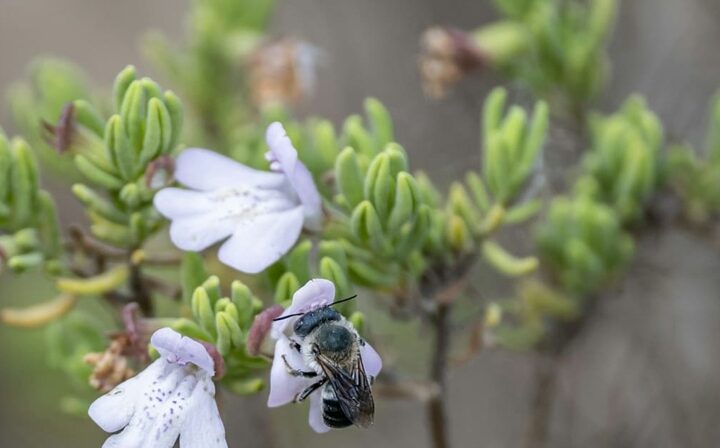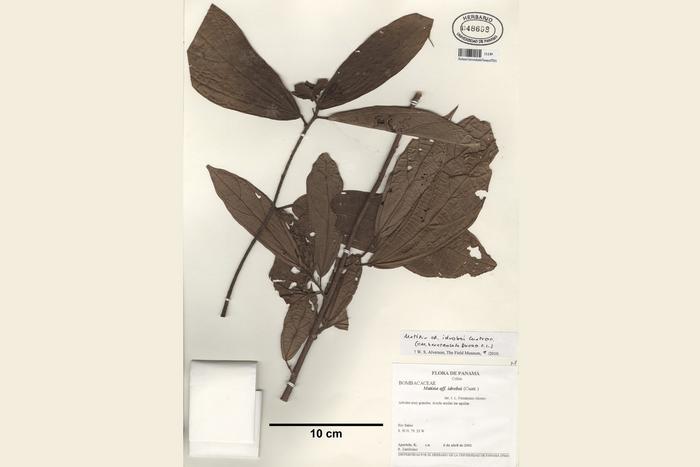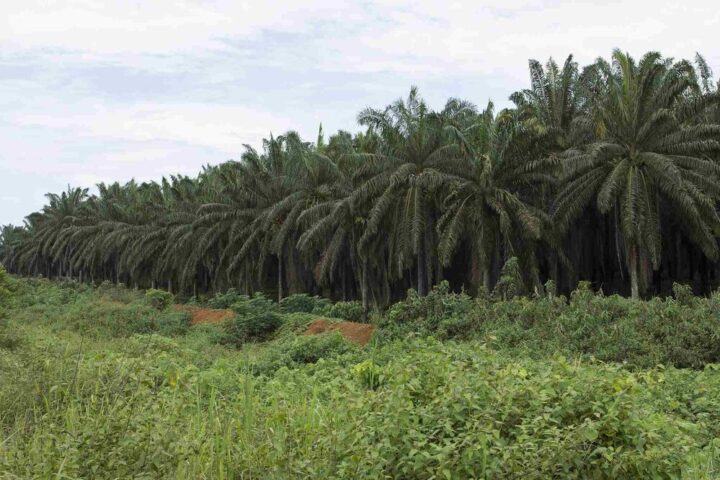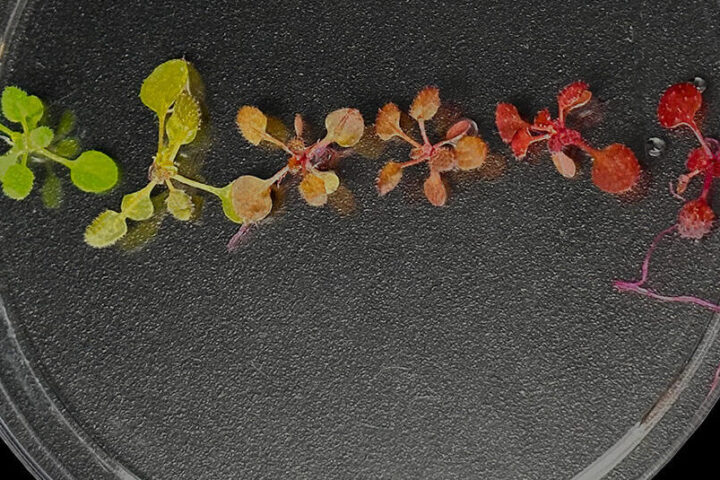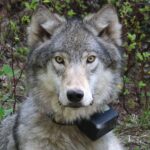The U.S. Fish and Wildlife Service has released a revised recovery plan for the sentry milk-vetch, a tiny endangered plant found exclusively in Grand Canyon National Park. Announced on April 10, 2025, this updated plan aims to help the species recover enough to be removed from the endangered species list.
The sentry milk-vetch has been federally protected since 1990. It grows only in shallow soil pockets on the Kaibab limestone at the North and South Rims of the Grand Canyon, making it one of Arizona’s rarest plants.
“This recovery plan serves as a roadmap for cooperation in conservation for listed species and their ecosystems,” explains the Fish and Wildlife Service. “This revised plan reflects what we’ve learned since the original 2006 recovery strategy.”
The plant forms small, flat mats with purple flowers barely the size of pencil erasers. These flowers attract mason bees and hoverflies that serve as pollinators, connecting the plant to the broader canyon ecosystem.
Similar Posts:
Recovery efforts will focus on building resilient populations on both rims through improved threat monitoring, targeted conservation actions, and maintaining healthy population numbers. The plan sets specific benchmarks for recovery, with earlier drafts suggesting the plant could be delisted once it maintains at least eight stable populations of over 1,000 plants each.
Past conservation measures have shown promise. When protective measures were implemented, population numbers improved, demonstrating that direct protection measures work.
Several threats continue to challenge recovery efforts. Climate change may alter the specialized conditions the plant needs to survive, while visitor trampling and potential wildlife impacts remain concerns. The plant’s extremely limited range makes it particularly vulnerable to disturbances.

The recovery work brings together multiple partners, including the National Park Service, researchers, and conservation groups. Conservation strategies include monitoring existing populations, protecting habitat, and exploring ways to preserve the plant’s genetic diversity.
While recovery plans aren’t regulatory documents, they provide essential guidance for conservation efforts. The plan outlines specific actions needed, establishes criteria for changing the plant’s protected status, and estimates implementation costs and timelines.The complete recovery plan is available on the Fish and Wildlife Service website at ecos.fws.gov/ecp/species/8439.
Frequently Asked Questions
Sentry milk-vetch (Astragalus cremnophylax var. cremnophylax) is a rare endangered plant that grows exclusively in Grand Canyon National Park on the North and South Rims. It’s important because it exists nowhere else on Earth, forms part of the Grand Canyon’s unique biodiversity, and serves as a food source for specific pollinators like mason bees and hoverflies.
The sentry milk-vetch is endangered due to its extremely limited habitat (it only grows in shallow soil pockets on Kaibab limestone), vulnerability to trampling by visitors, potential impacts from wildlife, and climate change threats like drought. Its narrow geographic range makes it particularly susceptible to local disturbances that could affect the entire global population.
The revised recovery plan aims to help the sentry milk-vetch recover to the point where it no longer needs protection under the Endangered Species Act. The plan focuses on building resilient populations on both the North and South Rims through improved threat monitoring, implementing conservation measures, and maintaining healthy population numbers across its range.
The sentry milk-vetch can be considered for removal from the endangered species list when it meets specific recovery criteria. Early drafts of the plan suggested this would require at least eight stable populations, each containing over 1,000 individual plants, with long-term protection from threats. The timeline depends on the success of conservation efforts and how the plant responds to protection measures.
The recovery effort is a collaborative approach involving multiple partners. The U.S. Fish and Wildlife Service leads the recovery plan, working with the National Park Service (which manages Grand Canyon National Park), academic researchers, conservation organizations, and other stakeholders. These partners collaborate on monitoring, habitat protection, and research to support the species’ recovery.
The complete recovery plan is available on the U.S. Fish and Wildlife Service website at ecos.fws.gov/ecp/species/8439. You can also request a physical copy from the Arizona Ecological Services Field Office by phone at 602-242-0210 or by mail at 9828 North 31st Avenue, Suite C3, Phoenix, AZ 85051.
